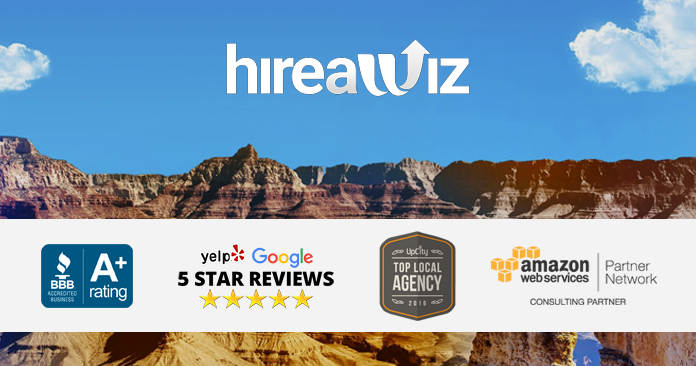We talk to a lot of small to mid-size business owners during any given week, and almost all of them say the same thing to us:
“We need more leads.”
It’s not just these business owners – it’s the same all over. In fact, B2B marketers report a shortage of good leads as their #1 challenge. The phone isn?t ringing, they’re not getting good leads for their sales staff to follow up on, and there aren?t nearly enough people filling out the forms on their websites.So what’s the problem?
In general, many business owners haven’t yet figured out the keys to harnessing the internet for lead generation. If you could use more leads and you’re disappointed with your online marketing results, then you’ll want to take a look at this quick and dirty guide to generating leads through your website. So let’s start at the beginning…How the Lead Generation Process Works
First, let’s be sure we’re all on the same page with some terminology. A “lead” is someone who’s interested in your products or services, and they?ve given you permission to contact them. They may have:- Called you.
- Joined your mailing list.
- Filled out a form requesting that you call, email or mail them.
- Filled out a form requesting that you send more information.
- A website.
- Targeted traffic going to this website. (Note the keyword: “targeted.”)
- Increase your traffic. The more targeted visitors entering your site, the more people you’ll have stepping forward to identify themselves as leads.
- Increase your conversion rate. Your goal is to get this percentage as high as possible. Even a small percentage bump – such as a 1% increase – can add thousands of dollars to your bottom line.
Increase Your Traffic
Do a little research, and you’ll find there are plenty of ways to increase your traffic. However, the key is to focus on targeted traffic – that’s the kind of visitor that is interested in what you’re selling and very likely to convert into a lead. So here are some of the top ways to start bringing in more targeted traffic:- SEO (search engine optimization). This is where you optimize content in a way that attracts traffic from Google and other search engines.
- Social media marketing. This is where you create a comprehensive strategy to find targeted prospects on sites such as Facebook, Twitter, LinkedIn, YouTube and other platforms.
- Blogging. This includes not only posting content on your own site, but doing guest blogging on other popular sites in your market.
- Pay per click (PPC) marketing. This includes sites like Google AdWords and Facebook’s PPC platform.
- Media buys. This is purchasing paid banners and text ads on sites in your niche market.
- Email marketing. Here you can not only build your own list, but some may even consider purchasing email lists (risky) or ads in established newsletter (solid idea).
- Referral traffic. You can set up a referral program for your customers, as well as set up an affiliate program to reward your business associates who send traffic.
Increase Your Conversion Rate
All the targeted traffic in the world is useless if they’re not converting to leads and/or customers and clients. That’s why you need to work diligently to give your conversion rate a boost. It all starts with this first step…Tracking and Testing
Let me ask you a few quick questions… Which graphic on your site is currently killing your conversion rate and driving visitors away? Which of your ad venues consistently produces the biggest conversion rate? Which call to action on your site gets you the most clicks? Truth is, most business owners can’t answer these questions, simply because they’ve never scientifically tested every major part of their website and ad campaigns. Problem is, if you’re not testing but you’re making changes on your site, you don’t know which specific changes are creating the results you’re receiving. That means you can’t replicate these results in the future. So what you need to do is install some sort of analytics program or an A/B tracking script on all your pages and across your ad campaigns. Then you can start testing some of the following:- Call to action text.
- Button graphics.
- Sales copy.
- Overall web design.
- Ad venues.
- Ad graphics and copy.
- Keywords (for search engine marketing and PPC campaigns).
- You’ll know exactly which site or ad campaign changes produce good results.
- You’ll be able to invest more money in the ad venues that deliver good results.
- You’ll boost your conversion rate, which means you’re getting even more leads and revenue from the same amount of traffic.
